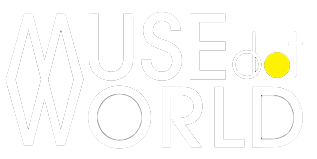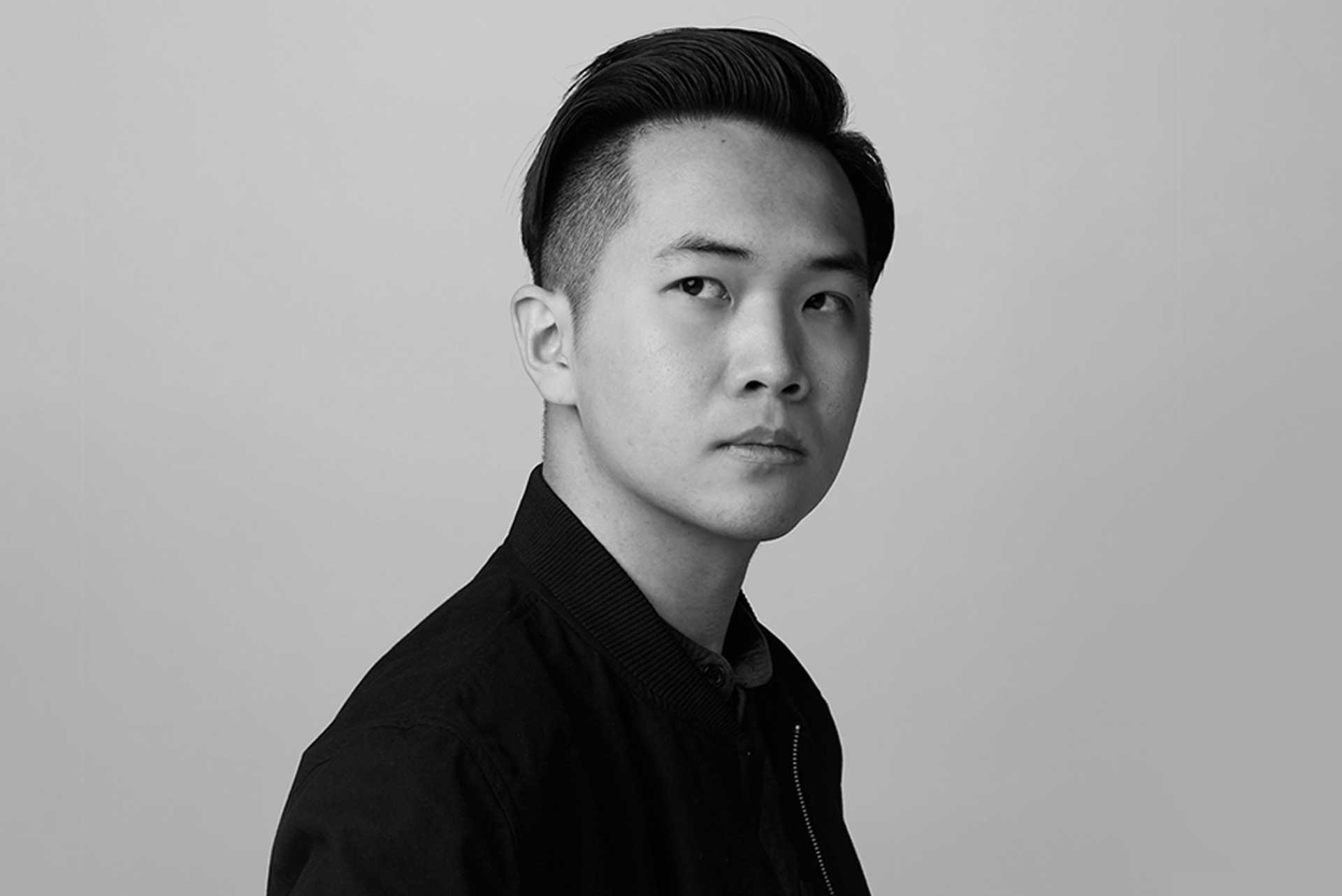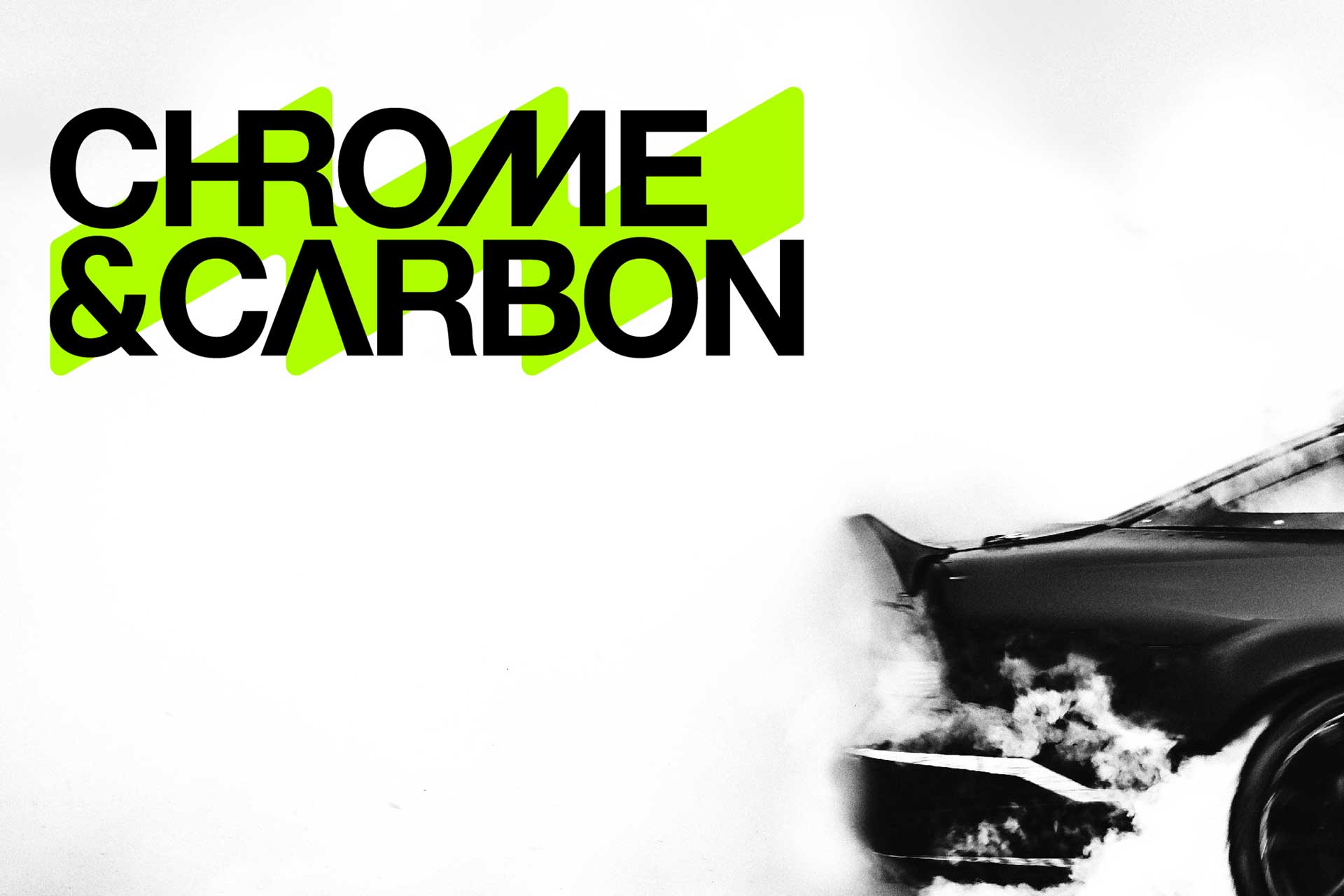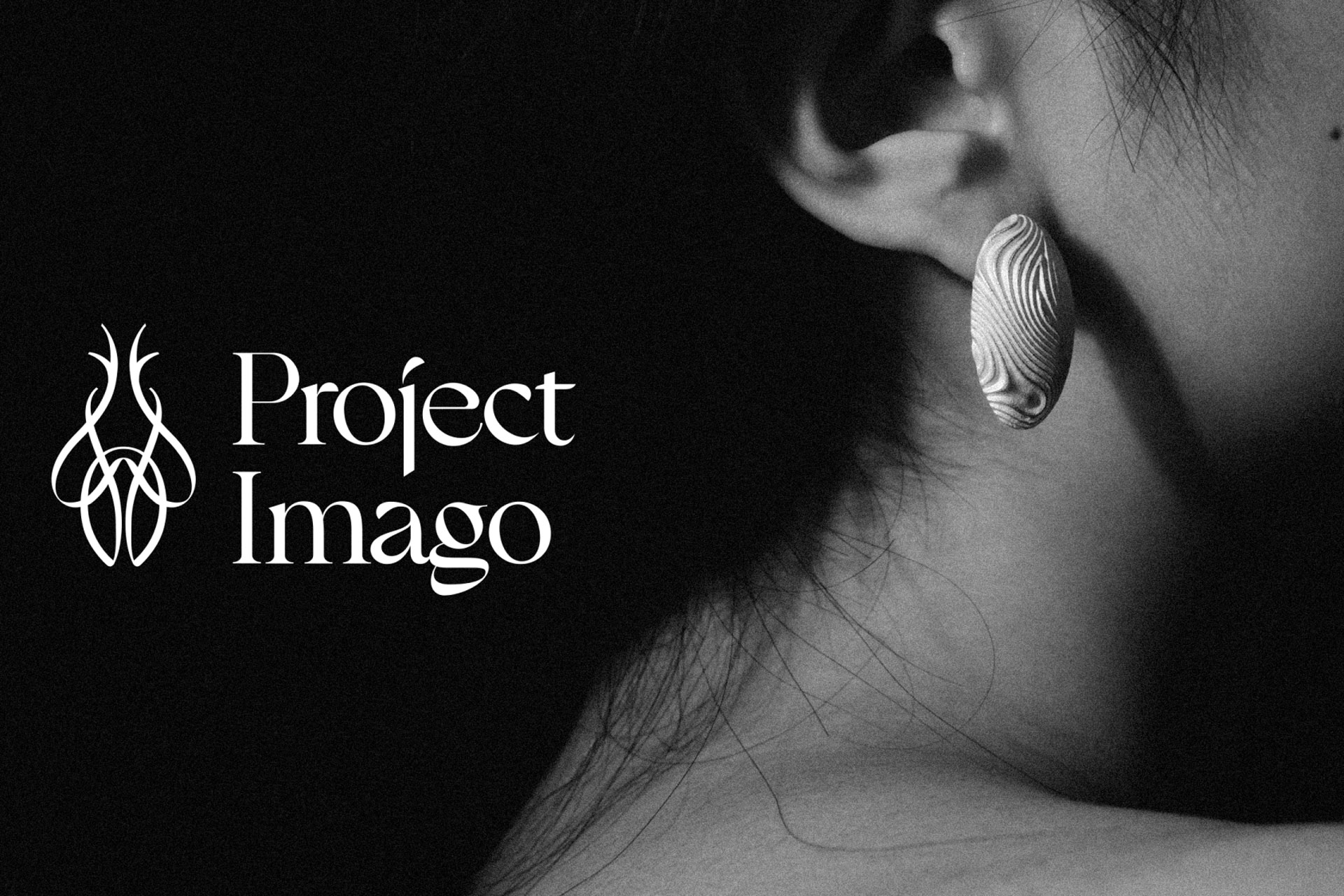Interview with Bojun Tan from the United States

The Sagra Group Reinvents Itself with a Bold Rebranding Initiative
August 22, 2024
Holiland Travel Flagship Store by SLT Design
August 22, 2024Hello, I'm Bojun Tan, a New Jersey-based graphic designer with a deep love of making art since childhood. Over my career, I've developed a specialty in branding and typography and worked primarily with food and cultural startups.
My work is often seen as futuristic, as I love to employ new techniques. However, I strive not to let style be my limitation and to evolve my design approach continuously. Whether making something look modern or adding a touch of quirkiness, my work aims to catch the eye and tell a story.
My motivation to become a creator has been gradually changing. As a child, this drive stemmed from a strong desire to create: I was willing to tirelessly refine the details to paint a picture I liked.
As I grew older, I gradually understood that there are complex meanings behind art techniques, such as concepts and emotions. A work completed long ago can still inspire new ideas in people. Nowadays, my reason for creating encompasses curiosity and exploration: design techniques need to be correct, but more importantly, they should be fun and poetically expressive!
As a freelance graphic designer, I aim not only to do good designs but also to build productive relationships with clients. Each client has unique backgrounds and expectations, driving me to quickly understand different styles, techniques, and perspectives. I have a diverse skill set that fits various types of client needs.
More importantly, my clients trust my artistic decisions because we are on the same page. A good design is always a testament to our collaborative effort, and I work hard to make something we're both proud of.
Creativity is the process of seeking meaning and purpose in all sorts of contexts. Therefore, creativity is not only crucial for artists but is essential for everyone's personal life. The ability to find meaning can be used not only to create art and design works but also to solve problems and challenges in personal life, enhancing happiness.
Additionally, creativity keeps people curious, enabling them to continuously learn new skills and interests. Creativity can improve an artist's level and make everyone's life more enjoyable. Hence, I think creativity is not only key to art but also crucial for self-fulfillment and life satisfaction. Fortunately, creativity is closely related to my work and has made me a better person.
I think a creative piece of design often has its "vitality" that makes people see it differently over time. Therefore, creativity comes with a lot of excitement and responsibility. As a designer, I must embrace the serendipity in creation and let my design "live" on.
A creative idea has an openness and should be interpreted in multiple ways, making my job very fascinating. I must also keep learning, ensuring my works provoke thoughts in different contexts without causing misunderstandings.
The beginning is definitely the best part for me. I must do a lot of research, think independently, and then express myself with bravery, and not live within the standards set by anyone else. I also need to empathize with different emotions and perspectives, which enables me to create more relevant and inclusive works.
Every challenge is an opportunity, as breaking their own boundaries is an artist's mission. There's a notion that creativity comes from living life authentically, and becoming a better artist is precisely about becoming a better person. When you are an artist, the line between work and play is blurred; in every immersive moment of creating art, I can free myself from doubt and fear and feel deeply connected with the world.
Winning in the MUSE Creative Awards was an important milestone in my career and a testament to my creative vision and hard work. It showed my clients they were in good hands and opened doors to new opportunities.
The recognition has opened up new possibilities, allowing me to collaborate on a broader range of projects and push myself to continue refining my craft. The accolade reminds me of the impact of perseverance, encouraging me to pursue excellence in every project.
I would to dive in deeper for the logo I created for Project Imago because it's the most memorable project that I have dealt with, and I am very proud of its outcome. This is a Shanghai-based jewelry brand specializing in making complex biomorphic jewels. The team at Project Imago is visionary and knows what they want.
They have a specific brand positioning and a good intuition for visual arts. When I submitted my initial design, Project Imago provided very professional feedback on my logo based on the logic of jewelry design, which led to its success. I am proud because my design skills grew significantly through this project, so I entered it into the competition.
The biggest challenge in this project was aligning my logo design with the brand style of Project Imago, which melds algorithms and craftsmanship and creates a sense of eternity. My logo needed to incorporate some handmade elements while also appearing extraordinary.
Therefore, I decided to use strokes from English calligraphy to draw an abstract biomorphic shape, representing Project Imago's process of crafting unparalleled biomorphic jewels with exquisite craftsmanship. Drawing this shape was not easy; it took me over a dozen attempts to succeed.
Furthermore, during discussions with Project Imago, we discovered many similarities between creating logos and crafting jewelry, especially the importance of the smoothness of lines and the relationship between positive and negative spaces. The Project Imago team greatly inspired the final version of the logo, so this is the result of our collaborative effort.
Over the next decade, I envision a landscape where everyone can be more or less an artist. Taking my profession as an example, since the dawn of the computer age, reducing learning and production costs has been a prominent theme in the industry's development.
Early graphic design required tedious drawing and typesetting, and then, increasingly user-friendly computer software was invented. This trend will only accelerate with the wave of AI. In my years in the graphic design industry, I've witnessed these changes: designing a website once required months of learning programming, but then a plethora of tools and templates were developed, allowing inexperienced designers to achieve their desired effects in just a few hours, and now AI tools can generate a webpage at the click of a button.
Graphic design will only become faster and simpler. With technological support, when everyone has the same tools and platforms, competition in the creative industry will be fiercer, and only those with the most originality and artistic vision will stand out.
Take the knowledge learned in school with a grain of salt, think independently, and learn from actual design projects as soon as possible. Understand what the client wants and the practical issues that may arise when the design is used.
During job searches, learn what employers care most about your abilities through interviews, and use the feedback you receive for improvement. As a designer, you need to have exceptional creativity, understand how meaning is created, and make others understand and accept your views.
Bojun Tan
Bojun Tan, a New Jersey-based graphic designer, has nurtured a deep passion for creating art since childhood. Throughout his career, Bojun has specialized in branding and typography, primarily collaborating with food and cultural startups.
Read more about this interview with Peter Csuz from Slovakia, the Gold Winner of the 2024 MUSE Creative Awards.




